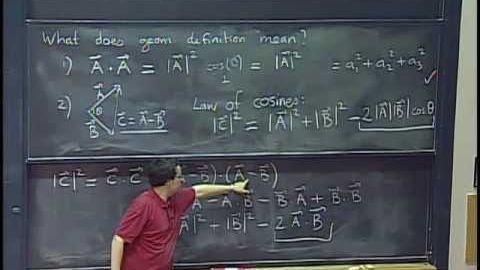
字幕と単語
Lec 1|MIT 18.02 多変数微分積分, 2007年秋学期 (Lec 1 | MIT 18.02 Multivariable Calculus, Fall 2007)
00
單柏祥 が 2021 年 01 月 14 日 に投稿保存
動画の中の単語
draw
US /drɔ/
・
UK /drɔ:/
- v.t.引く;引き込む;引っ張る;引き出す
- n. (c./u.)引きつけるもの;くじで引き当てたもの;引き分け
- v.i.近づく;引き分けになる
- v.t./i.線を引く : 描く
A1 初級TOEIC
もっと見る エネルギーを使用
すべての単語を解除
発音・解説・フィルター機能を解除
